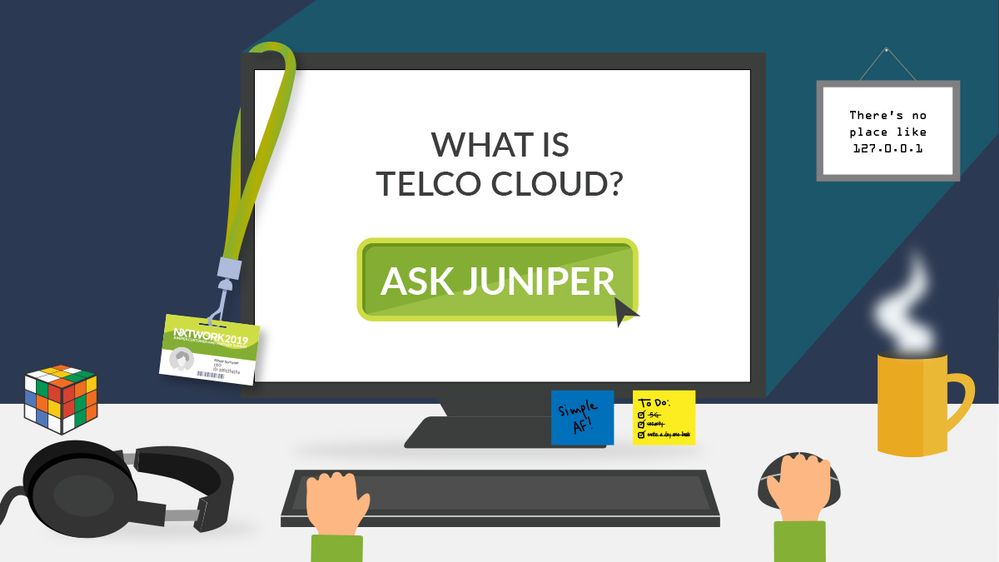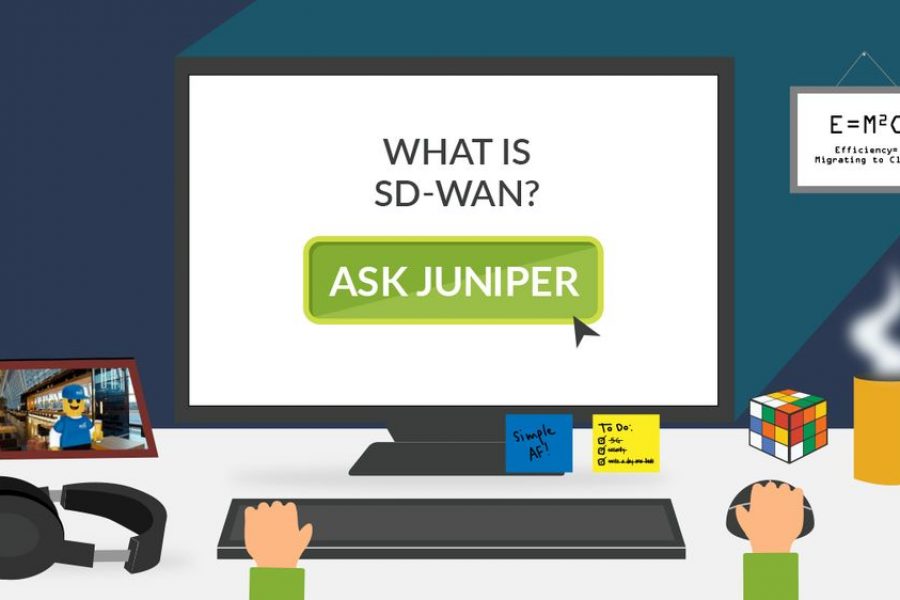 Some things just go together — peanut butter and jelly, microservices architecture and the Telco Cloud. For those optimizing their cloud, these two have become quite the duo given the solution is inherently designed to enable service providers to create a consistent experience for customers, one that scales a network while traffic booms. That’s all because telco cloud is based in applying the cloud computing model to a telecommunications infrastructure, resulting in software that can run on commercial off-the-shelf (COTS) hardware to deliver virtual network functions (VNFs).
Some things just go together — peanut butter and jelly, microservices architecture and the Telco Cloud. For those optimizing their cloud, these two have become quite the duo given the solution is inherently designed to enable service providers to create a consistent experience for customers, one that scales a network while traffic booms. That’s all because telco cloud is based in applying the cloud computing model to a telecommunications infrastructure, resulting in software that can run on commercial off-the-shelf (COTS) hardware to deliver virtual network functions (VNFs).
Telco cloud is an integral innovation for addressing service providers’ modern-day challenges. Today’s service providers are faced with obstacles that slow down their transformation, and the speed of innovation is progressing too slowly for these organizations as they attempt to keep up in a tough environment. To be able to compete in the future, service providers need to drive profits out of current networks as they are cloudifying them. This challenge is only compounded by users’ increasing service expectations. However, by applying telco cloud to their architecture, service providers can scale with ease and handle the growth in traffic volume and high bandwidth applications effectively, with no impact on performance.
By deploying telco systems in a microservices architecture, service providers can also speed up the development and testing of software, triggering continuous integration (CI) and a progressive pipeline. This also instigates a continuous delivery (CD) pipeline, ensuring that the committed delivery of a service is always in a deployable state. That way, fixes can be made on the fly rather than awaiting a longer upgrade cycle. Through telco cloud, new virtualized services can be easily deployed/enabled as a result of open cloud management and orchestration. With these services virtualized and distributed across networks, service providers can tap into the visibility and control that comes from telco cloud to orchestrate service chains, designing assured SLAs and policy enforcement to exceed customer expectations.
So, what does successful telco cloud adoption look like for service providers? By leveraging telco cloud, service providers can transform infrastructure, operations and services for the better. However, people, process, technology and culture must evolve in parallel to accomplish the goal. If done right, the implementation of telco cloud will pay dividends in the long run. That’s because telco cloud is about new revenue opportunities as much as it is about virtualizing infrastructure to cut costs. With cloud-enabled delivery allowing service providers to offer services more efficiently, these businesses are opened up to both new revenue opportunities as well as the chance to play a central role in the new, cloud-based economy.
Resources:
The Secure Automated Cloud: Infrastructure Transformation
The Secure Automated Cloud: Operations Transformation
The Secure Automated Cloud: Services Transformation
Secure Automated Cloud: Service Providers Occupy the Central Position in the Multicloud


